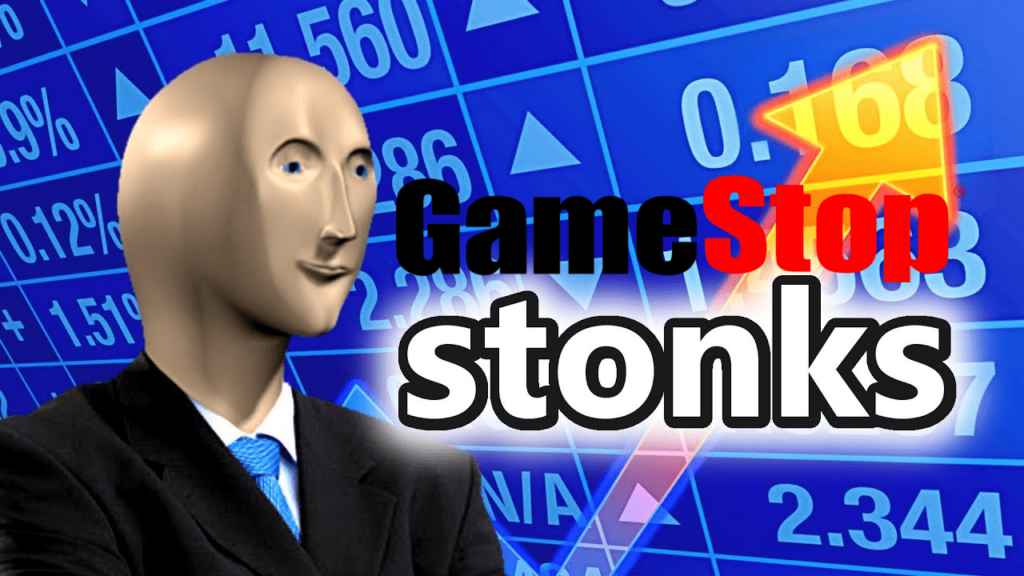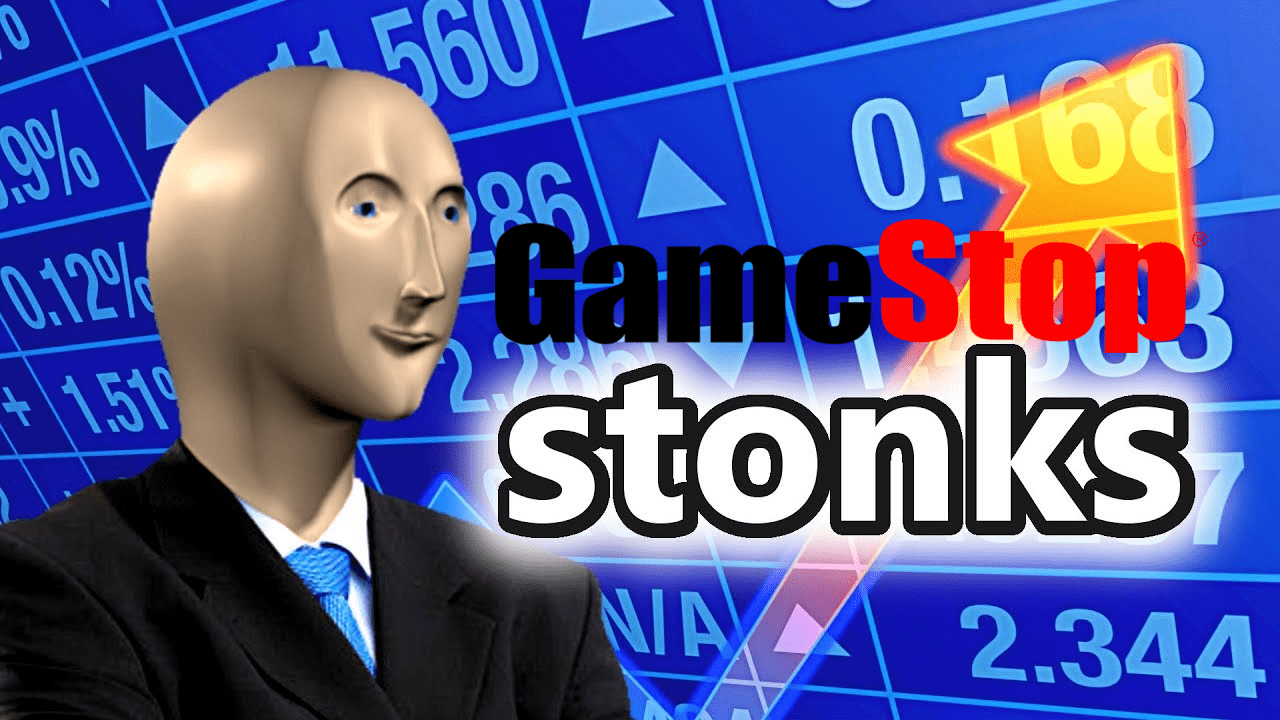
Poultry Syringes.
As GameStop’s business has continued to take ding after ding, its stocks are sitting at an all-time high. An it’s almost entirely due to the fact that they’re not doing well long term.
Essentially, a bunch of high-level investors bet that the company would fail, and a bunch of amateurs decided to take the bait and start buying stocks in the supposedly failing company. This, in turn, drove up the perceived value of the company’s stocks; which, in turn, drove up the actual value of the company’s stocks.
Earlier this year, GameStop stocks were selling for a bit under $20 per share. Now, it’s sitting at $73 per share (possibly more by the time I finish this article).
This all happened because last Fall, some investors started shorting GameStop’s stock. These things are always explained in a way that’s confusing, but here’s the important part taken from the Wikipedia article:
The most fundamental method is so-called “physical” short-selling, which involves borrowing assets (often securities such as shares or bonds) and selling them. The investor will later purchase the same number of the same type of securities in order to return them to the lender. If the price has fallen between the time of the initial sale and the time the equivalent securities are repurchased, the investor will have made a profit equal to the difference. Conversely, if the price has risen then the investor will bear a loss. The short seller must usually pay a fee to borrow the securities (charged at a particular rate over time, similar to an interest payment), and reimburse the lender for cash returns the lender would have received had the securities not been loaned out, such as any dividends that would have been payable to the lender if they were still the holder of shares that they had lent out.
To put it even more simply, you think the price of an asset will fall, so you borrow it and sell it at the current price; then, when it does finally fall, you buy it back and return it to the holder you borrowed it from, making a tidy sum of change from the margin.
People on Wallstreetbets and FinTok (basically, a subreddit and a site, respectively, filled with Gordon Gecko-lites) started pumping their funds into GameStop stock, essentially calling the shortseller’s bluff. This was aided by apps like Robinhood, which offer an easy in to stock trading.
So, essentially, people on WallStreetBets along with several YouTube and TikTok investors guessed as long as a year ago that if they bought shares of GameStop at a low price, the short sellers would eventually be forced to cover their short en masse, which would drive the price up. Most notable among these is a user named DeepFuckingValue, who posted screenshots of them buying more than $50,000 worth of GameStop stock when it was valued at less than a dollar in 2019.
Motherboard “How Chaotic Redditors Made GameStop Stock Skyrocket (and Made Short Sellers Cry)“
This all doesn’t mean that GameStop is doing well, though. Quite the contrary; while the holidays saw an uptick in sales (as usual for pretty much all retail), overall the company has continued to trend downwards. GameStop has continued to close locations, and sell a dwindling number of Funko POP!s to cover operating costs. It’s just that, as people continue to invest en masse, it makes their stocks rise irrespective of the value of their business model.
Source: Kotaku

